The Fortune of Beauty
The Fortune of Beauty
Sheila Metzner
June 22, 2020
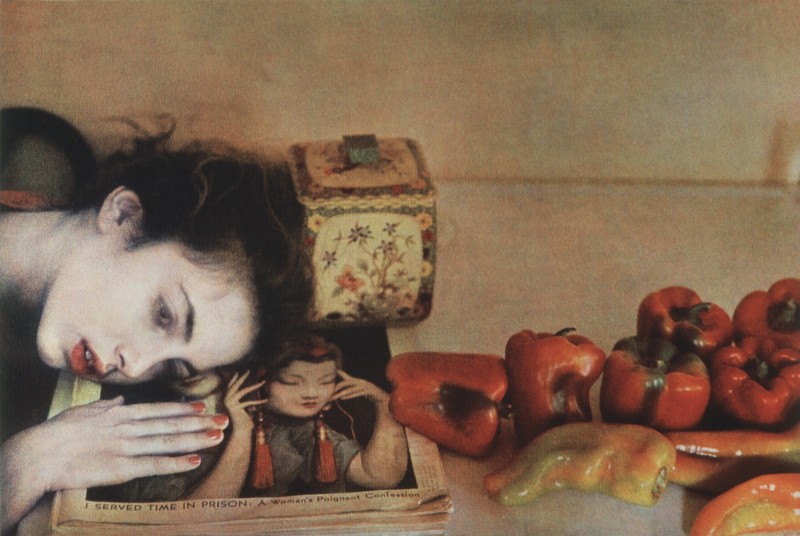
Bega Peppers 1982 © Sheila Metzner
What made you decide to become a photographer?
I was an art director and worked with photographers I knew as friends: Richard Avedon, Burt Stern, Bob Richardson, Melvin Sokolsky, Joel Meyerowitz, Garry Winogrand, Joel Peter Witkin, Robert Frank, Irving Penn, Bruce Davidson, Danny Lyon and Diane Arbus. When I worked with them, I was disappointed because what they produced was not my vision; not what I saw in my mind, or drew or explained with words. Their work was theirs; not mine. At the time I didn’t even have a camera.
When my son was born, I quit my job as art director. I told my husband I wanted to be a photographer. He said, “Great! I will support you.” He was my muse, my greatest inspiration, the love of my life, and my husband for 44 years.
You also consider the photographer Aaron Rose an important mentor.
Yes, he showed me photography that I found inspiring: Camera Work, Stieglitz, Steichen. I discovered Julia Margaret Cameron, Georgia O’Keefe and Man Ray. For years, Aaron would look every few months at the prints I struggled to make in my darkroom. He was very critical as he was a master printer. After about nine years and many visits to museums, and the few photography galleries that existed at the time, I left the Guggenheim one day, and said to myself, “That’s enough, you’ve seen enough.” When I showed Aaron the 22 prints I then produced, he didn’t say anything. No criticism. John Szarkowski purchased two of my 22 prints for his exhibition, Mirror and Windows, at MOMA. I was a photographer.
A compelling start, indeed. Art and design play an important role in your work, what do you particularly appreciate about Art Deco?
My first studio was my home. A huge apartment on the Upper West Side of New York City. One day, I saw the most extraordinary furniture in the lobby. A couple were moving in. They had a shop on Madison Avenue called Primavera. They specialized in Art Deco and mid-century, modern furniture. Having no proper studio, they let me shoot in their apartment on the sixth floor. I also borrowed from other dealers on Madison Avenue, so there was a wealth of material to borrow and to learn from, and to document.
How did you proceed with your visual installations, the interplay between model and objects, interior and figure?
Nothing in my work developed spontaneously. I always had a plan. These photographs are documents. I often did drawings, prior to building the photograph. I had to search, sometimes beg, for objects to go with the models.
You decided to use a Leica early on.
My Leica is black. It is very old; as old as the original one that was a gift from my husband, Jeffrey, in the 70s. That one was stolen. When I received the insurance money, I could have bought a new digital Leica. In that moment I decided to replace the original Leica M4 and the four vintage lenses that I had: a Leitz Summicron 50mm, a Leitz Elmar 90mmm, a Leitz Super Angulon 21mm, and a Nikor, Nippon, Kogaku 135mm.
I chose the camera to fulfill my needs, my vision. Never the other way around. I was taught that a camera is a tool.
What feelings do you have today when looking at your work from the 70s and 80s?
I like the girl who took those photographs in the 70s and the 80s. And I have strong affection for the subjects, to this day. The pictures have a life of their own. I could say, an eternal life.
Find out more about Sheila Metzner’s Work in LFI 05.2020.
As of October, 2020, the Helmut Newton Foundation in Berlin is presenting selected works from the artist’s remarkable oeuvre.
EXHIBITION: America 1970s/1980s – Hofer, Metzner, Meyerowitz, Newton, 9 October, 2020 to 16 May, 2021, Helmut Newton Foundation, Jebensstraße 2, 10623 Berlin
Sheila Metzner+-

Born in Brooklyn in 1939, Metzner studied Visual Communications at New York’s Pratt Institute; in 1961, she began to work in the advertising industry and was soon appointed as the Doyle Dane Bernbach agency’s first female art director.
1968: marriage to painter and art director Jeffrey Metzner (1941-2008) who, along with their five children, was frequently portrayed in her work; began her journey as a self-taught photographer. First exhibitions from 1978 onwards. Fashion and beauty companies began to see the appeal of her velvety-rich colour renditions. Her images are imbued with an intimate atmosphere reminiscent of private salons, with carefully selected artefacts complementing the subject’s personality. Sheila Metzner lives in New York City. More

Bega Peppers 1982 © Sheila Metzner

Jeffrey Studio 1986 © Sheila Metzner
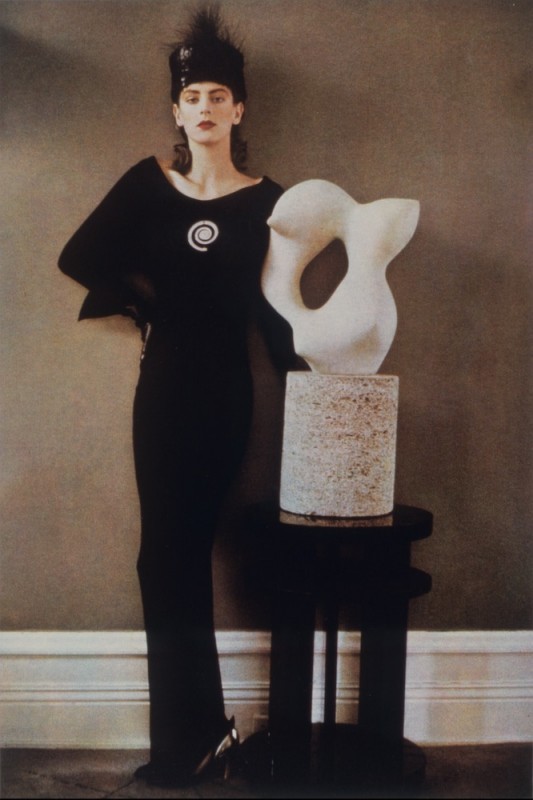
Laetitia Arp 1985 © Sheila Metzner
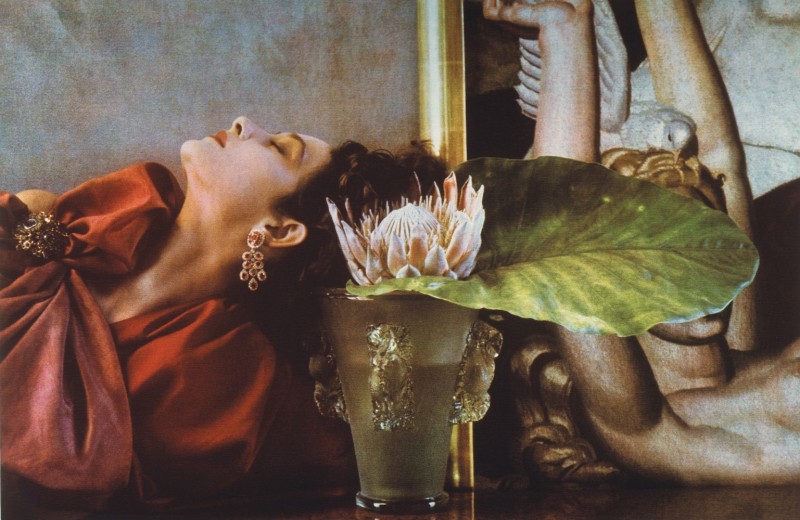
Joko Passion 1985 © Sheila Metzner
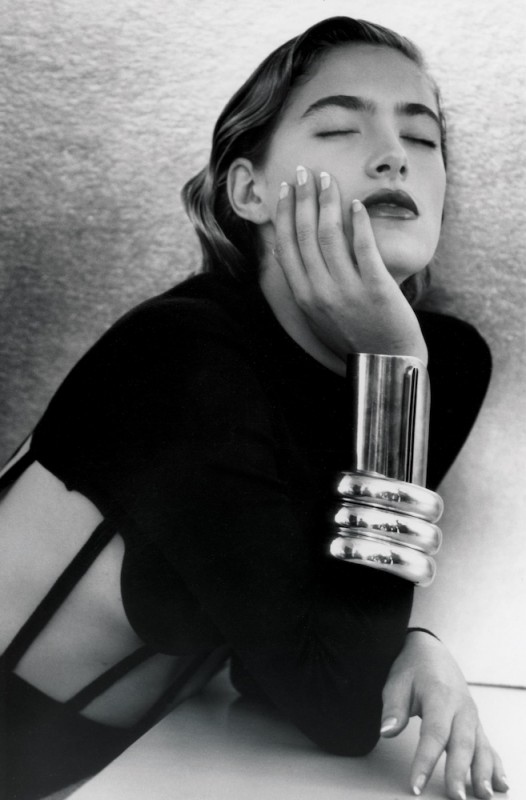
Elaine Man Ray 1988 © Sheila Metzner
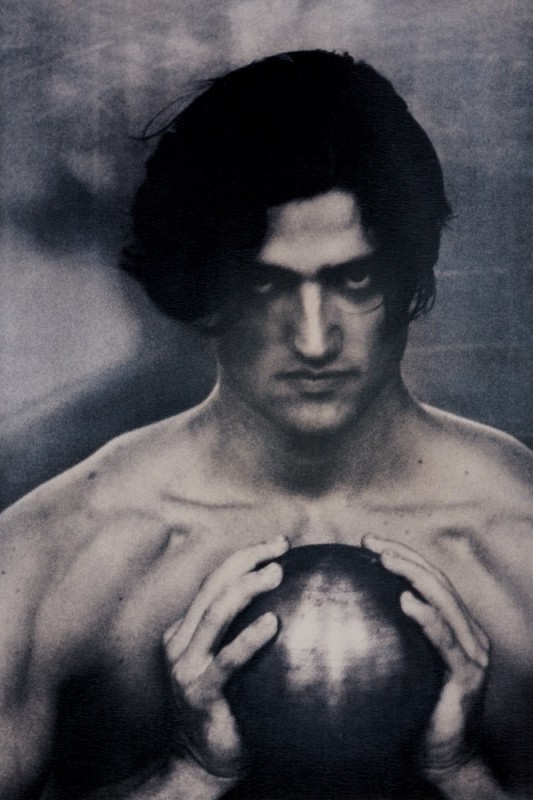
Rick Dynamo 1989 © Sheila Metzner
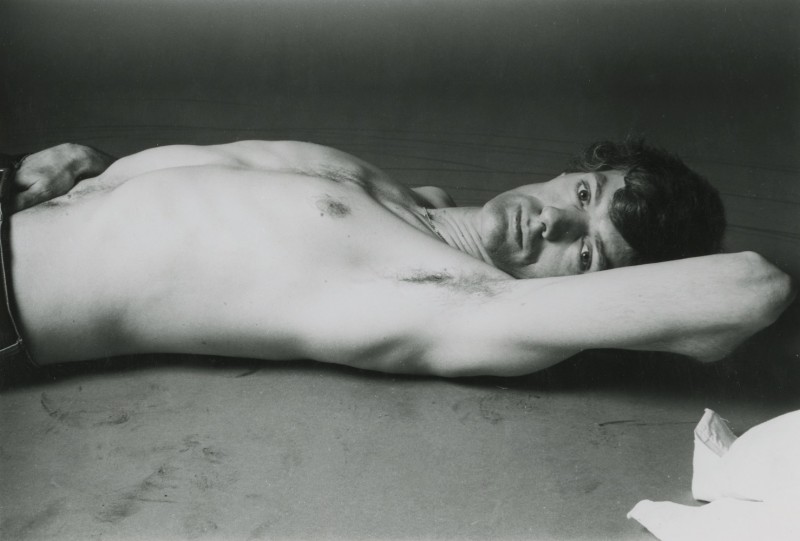
Bob Richardson 1970 © Sheila Metzner